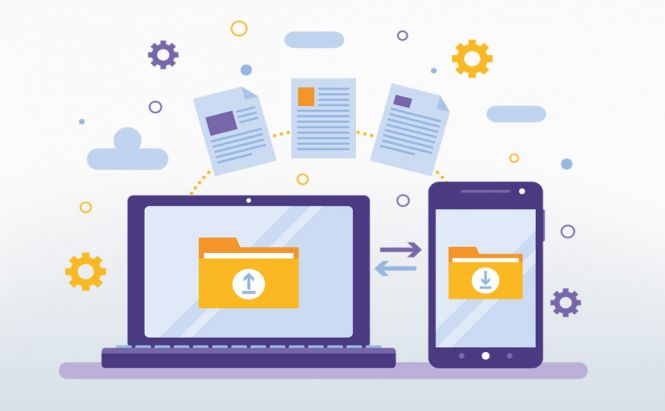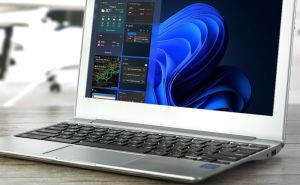 Google's Nearby Share for Windows is Officially Available
Google's Nearby Share for Windows is Officially Available
The versatile AirDrop-like tool, which had been in beta since March, is now officially available for all Windows users. With the long-awaited app, media file sharing between PCs and Android devices is plain sailing. Essentially, Nearby Share allows exchanging data via a peer-to-peer system, eliminating the need for an internet connection while ensuring faster speeds than a standard Bluetooth network can provide. Let’s take a closer look at how it works and what it means for the Windows community.
What is Nearby Share?
First introduced for Android in 2020, Nearby Share is a wireless sharing service by Google that lets users effortlessly transfer digital files, links, documents, and more, between compatible devices within close proximity. Widely acclaimed for its simplicity and speed, the tool creates a peer-to-peer network between connected devices using Bluetooth and Wi-Fi, thus not requiring an internet connection or any third-party apps. Now, ushering in a new era of cross-platform collaboration, the handy feature officially comes into play on Windows.
How to use Nearby Share on Windows?
With the beta version installed by more than 1.7 million people and over 50 million files transferred between PC and Android devices since launch, the official stable version now comes with the overall enhanced performance and offers a range of new features. The latter ones, for instance, include the tool indicating the estimated time for file transferring and provide an image preview in device notifications. Moreover, users have control over who can discover their device and send files: they can choose to exchange data with individuals on their contact list who have Nearby Share enabled, or opt for the ‘Everyone’ mode, allowing nearby devices to discover and request files without being in the sender's contacts.
Thus, activate the Nearby Share app for Windows, make sure to enable WiFi and Bluetooth on your PC. Once you have set up the functionality, just drag a file you need to transfer into the app or right-click on it and choose the Nearby Share option to exchange it with a nearby device.
What’s more, file sharing will automatically be accepted on the connected device if you're logged into the same Google account both on PC and your Android tablet, Chromebook, or smartphone. Anyway, devices that you're transferring files between should be close to each other, within 16 feet.
Once the process is initiated, the recipient receives a notification prompting them to accept or decline the data transfer. Upon acceptance, the file sharing commences to save the content directly to the designated folder, ensuring the whole process as straightforward as a few taps or clicks.
In addition, the company has made another major announcement regarding the tool. Currently, the tech giant is collaborating with HP to add the Nearby Share feature to select Windows PCs, such as the HP Dragonfly Pro, which is available in a Chromebook version as well.
The introduction of Nearby Share for Windows is apparently a game-changer in the world of cross-platform development and file-sharing. If you’re also interested in the new version with enhanced speed, efficiency, and customization options, visit the Android website to download the official app and feel free to share your experience in the comments section below.




